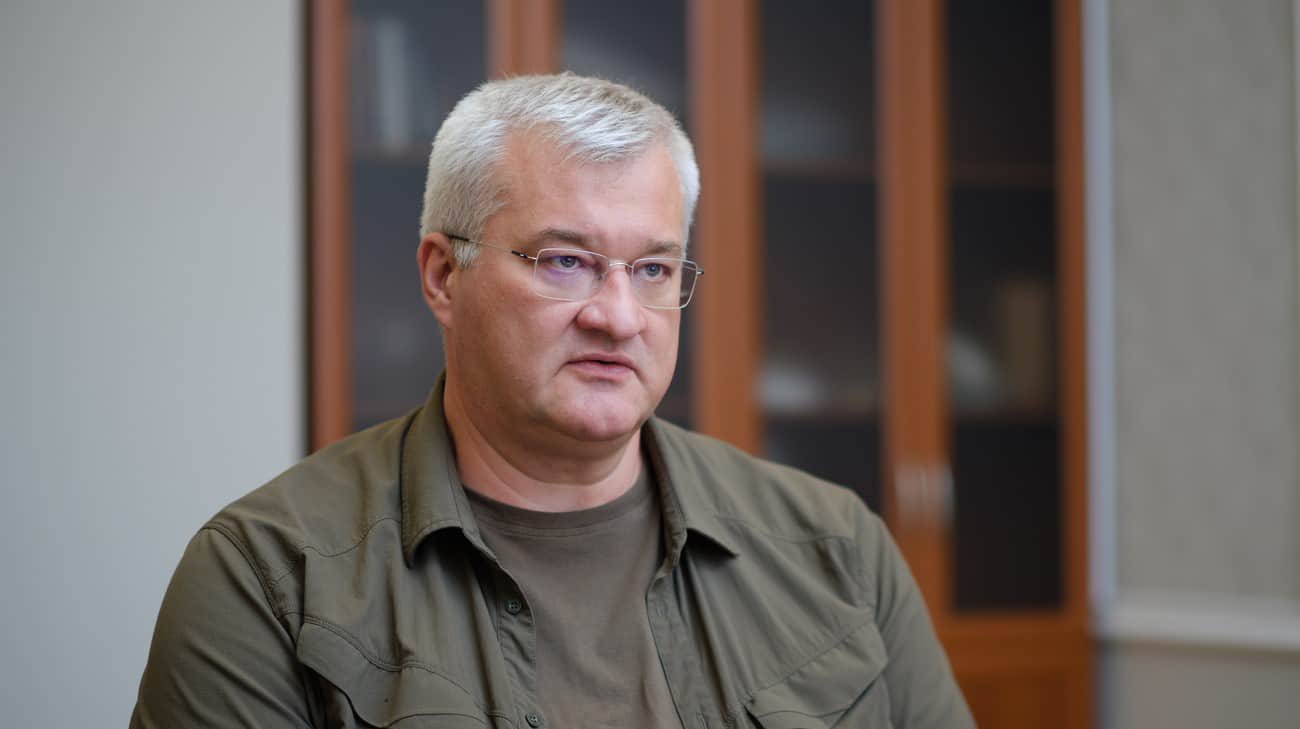Extremely rare case, says Professor on the same day of dead, 91-year-old twins

Death reports|The 91-year-old twins died with a period of about four hours-in different cities.
The abstract is made by artificial intelligence and checked by man.
Professor Jaakko Kaprio at the University of Helsinki considers it extremely rare that 91-year-old identical twins died the same day.
The twins Siiri Heiska and Maiju Ehrola were born in Raahe on 19 November 1933 and died on March 26, 2025, with about four hours.
According to Kaprio, the average time between identical twins is seven years, and science cannot explain this rare case.
Helsinki On Mother’s Day, two 91-year-old twin sisters published in Sanomat Siiri Heiska and Maiju Ehrola obituary. The sisters were born on the same day, November 19, 1933 in Raahe and died on the same day, 26.
Heiska had died in Helsinki and Ehrola in Raahe.
Ilta-Sanomat toldthat the sisters were identical twins.
Relatives say that the twins died with a period of about four hours.
According to relatives, the twins did not even know about each other about hospital care before their death.
It, that twins are born and die the same day is a professor at the University of Helsinki Jaakko Kaprio According to extremely rare.
In Finland, twins have been studied, for example, in a follow -up study, which has been attended by twins born before 1958.
« In less than a percent of these twin pairs, each has died within two weeks, » Kaprio says.
« On average, the age difference between identical twins when they die is seven years, for eight years of unsuspecting twins, » Kaprio says.
Is the birth of twins common in Finland?
Helsingin Sanomat told Mother’s Day from Uusikaupunki resident Fribrgin From a family with three twins in a row.
According to Kaprio, it is rare.
Plural website For example, in 2022, there were 591 multiple births in Finland, of which 582 were twin pregnancies and 9 of the third pregnancies.
Currently, multiple birth births account for about 1.35 % of all childbirth. Due to fertilization treatments, the proportion is slightly higher than that of spontaneous pregnancies 1.2 %.
According to Kaprio, the number is the European average.
For example, there are tribes in Africa, where he says the birth of twins is much more common than in Europe. On the other hand, in South Korea, China and Japan, twins are much less common than in Europe.
It is said that the tendency to give birth to twins is hereditary.
According to Kaprio, the tendency to generate non -identical twins is partly hereditary, although it is influenced by many factors. In addition to inheritance factors, the mother’s hormonal function, age, number of previous pregnancies, and so on.
Unspidential twins are created so that the woman comes off two egg cells, both of which are fertilized. Two siblings are born at the same time, but they have a different heritage.
It is said that susceptibility to twin pregnancies jumps over one generation. According to Kaprio, at least when the mother gives birth to the boy. « You can’t get twins, » Kaprio says.
Identical According to Kaprio, the emergence of twins is not inherited.
One third of the twins are identical and two -thirds are non -identical.
Identical twins are born when a woman’s egg cell is divided shortly after it is fertilized.
According to Kaprio, this often happens. However, most of the distributed fertilized egg cells leave the body with the menstrual bleeding before the woman even knows that the fertilization has happened.
In some rare cases, two fetuses develop into two people with the same genetic heritage.
According to Kaprio, there are four per million pregnancies, that is, four thousand.
Twitter Even mysterious common features are often associated with: twins are sometimes said to have even telepathic abilities. There are twins who happen to the same kind of things during life, even without their knowledge.
Such a mystical thing can probably be considered the same day of the Raahe twins.
There are no scientific studies on this subject.
For example, according to Kaprio, Raahe’s case is so rare that science cannot explain it.








